
豊かな海を襲った苦難
7月の海に釣り糸を垂れると、初めて釣りをする人でも、3秒以内に活きのよい魚が釣り糸に食いつく。
イオ湧く海(=魚の湧く海)、と言われた水俣。ほんとうに魚が湧いて出るような豊かな海だった。「水俣病は人を病にしただけではない、すべてを奪ったのだ。」といわれる。そのことの意味は水俣に来るとわかる。イオ湧く海で、漁を生業として、天に感謝し地に感謝し、海を愛して生きてきた人たちの生活世界すべてを、公害は壊してしまった。
(by Minamata Impact)
When you drop a fishing line in the sea in July, even if it is your first time to fish, you will find a live fish biting your line within three seconds. Minamata is said to be a sea of fish. Minamata was truly a sea of abundance where fish seemed to spring out of the water. It is said, “Minamata disease did not just make people sick, it took away everything. When you come to Minamata, you will understand the meaning of this saying. The pollution destroyed the entire world of the people who lived in a sea of fish, who fished for a living, who were grateful to the heavens and grateful to the earth, and who loved the sea.
(by Minamata Impact)
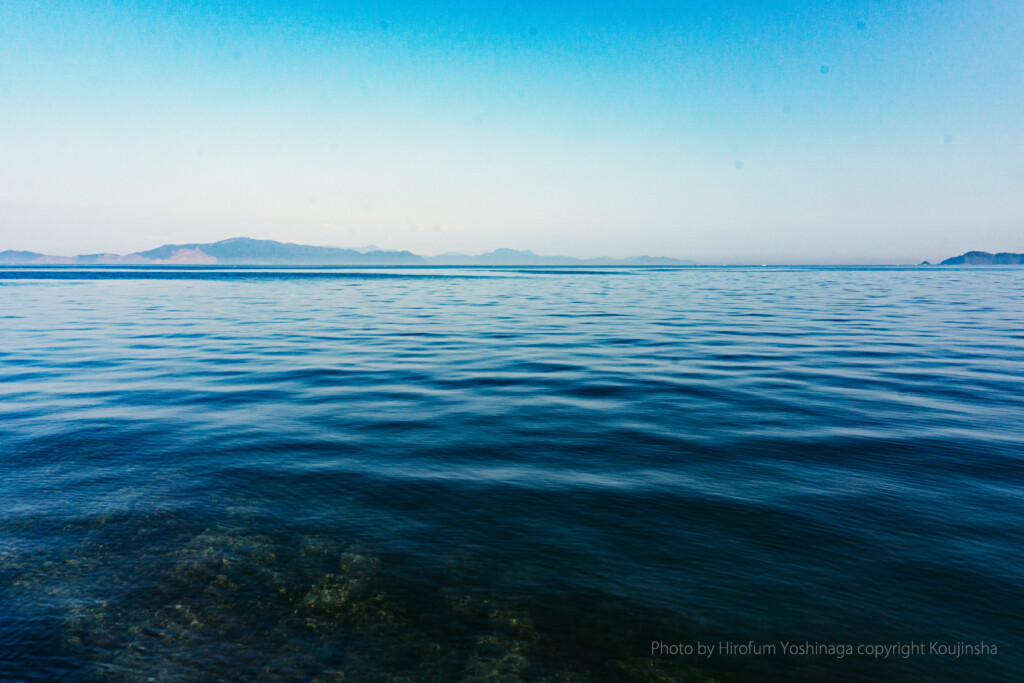
以下、水俣市企画・監修「水俣堂々」より抜粋。
The following is an excerpt from “Minamata Dodo” planned and supervised by Minamata City.
八代海は豊かな海だ。とりわけ水俣湾は魚の産卵場所であったことから、魚湧く( いおわく)海( 獲っても獲っても魚が湧いてくる海)といわれていた。
が、昭和25(1950)年ごろから異変が起きる。貝が死ぬ。海藻が枯れる。猫が変死する。そして、不安は現実となった。貝や海藻や猫だけでなく、人間にも原因不明の身体の異変が発生したのだ。化学工業メーカー・チッソの付属病院から「きちんと歩いたり、話したりできないなどの症状の患者4人を入院させた。原因は不明」という報告が熊本県水俣保健所に届けられたのは昭和31(1956)年5月1日。この日が、水俣病の公式確認日として制定されている。
チッソ工場が水俣にできたのは明治41(1908)年。化学肥料の生産を開始し、ほどなく日本の主要な化学工場となり、戦後の日本の経済成長を支える企業のひとつとなった。寒村だった水俣はいっきょに人口も増え、経済的にも向上した工業都市へと発展していった。けれども、その工場が操業の過程で生み出すメチル水銀、その猛毒物質を含んだ工場排水を水俣湾に流したことが問題だった。汚染された魚や貝を食べた人びとに重篤な症状が現れる。世界でも稀有な公害病のはじまりだった。
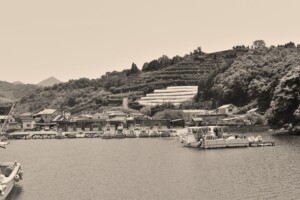 The Yatsushiro Sea is a plentiful sea. Because Minamata Bay had always been a spawning ground for fish, the Shiranui Sea used to be called Iowaku Umi, the “sea of never-ending fish.”
The Yatsushiro Sea is a plentiful sea. Because Minamata Bay had always been a spawning ground for fish, the Shiranui Sea used to be called Iowaku Umi, the “sea of never-ending fish.”
Around 1950, however, things began to change. The shellfish and seaweed died, and some cats died unnatural deaths. Soon after, the people’s worries became reality. The same thing that had afflicted the shellfish, seaweed, and cats began to affect humans, who started to show unusual symptoms. On May 1, 1956, a hospital affiliated with the chemical company Chisso reported to the Minamata Health Center, Kumamoto Prefecture, that “four patients, who could not speak or walk normally, had been admitted to the hospital, and that the cause of their symptoms was unknown.” That day is now officially known as the first day that Minamata disease was recognized.
The Chisso factory was built in Minamata in 1908. Soon after it began producing chemical fertilizers, it became one of Japan’s main chemical plants, and an important company supporting Japan’s postwar economic growth. Minamata, which had been an isolated village, suddenly saw its population increase and its economy improve. It soon evolved into an industrial city. The problem, however, was that the factory had let factory wastewater, which contained methylmercury, a highly toxic byproduct, run into Minamata Bay. People who had eaten contaminated fish and shellfish began to show severe symptoms. This was the start of a globally rare case—a disease caused by pollution.
コメント ( 0 )
トラックバックは利用できません。












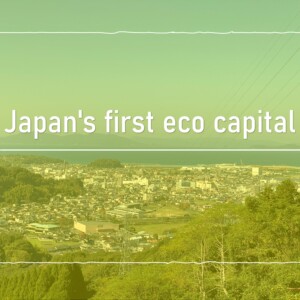
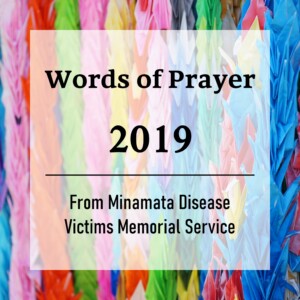
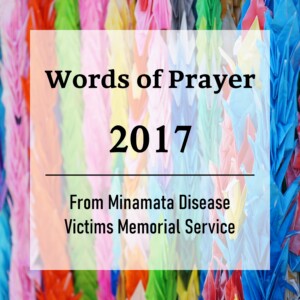
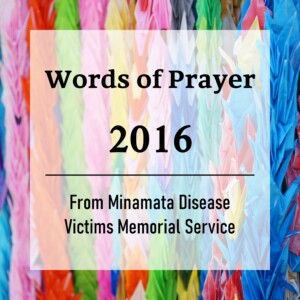
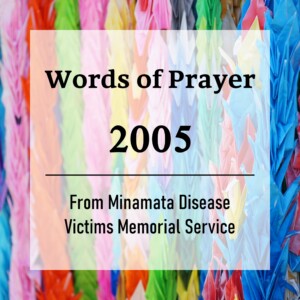
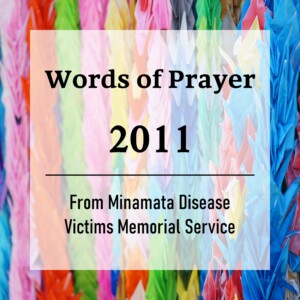
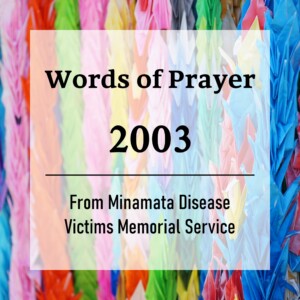
この記事へのコメントはありません。